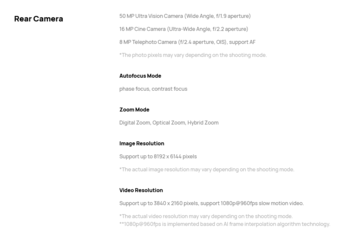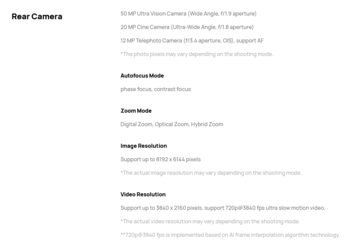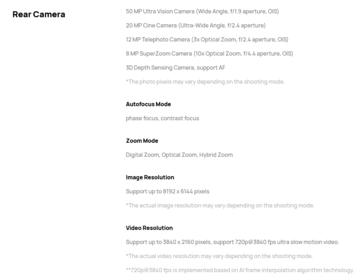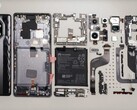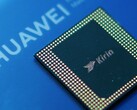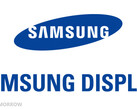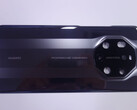Huawei's Mate 40 line of smartphones is finally here. Given the slew of leaks that preceded their launch, not much is left to the imagination. The only real mystery at this point is its pricing. The 'entry-level' Huawei Mate 40 will start at €899 (US$1,062) for 8GB of RAM and 128GB of storage. As foretold by an earlier leak, the Huawei Mate 40 Pro will cost €1,199 (US$1,417) for the same amount of RAM and 256GB of storage. Moving forward, the maxed-out Huawei Mate 40 Pro+ will set you back by a whopping €1,399 (US$1,654) for 12GB of RAM and an identical amount of storage. Lastly, the proverbial king of the hill -Huawei Mate 40 Pro RS (aka Huawei Porche Design)- retails at an eye-watering €2,295 (US$2,713). However, it'll be several weeks before the smartphones will hit global shores.
All four devices have near-identical specifications across the board, with the Huawei Mate 40 coming with a slightly smaller screen (6.5-inches, 1334p, 90Hz refresh rate) and a different camera setup. The Mate 40 Pro, Mate 40 Pro+, and Mate 40 RS come with a larger 6.7-inch panel with the same refresh rate and resolution. The Mate 40 also a HiSilicon Kirin 9000E SoC instead of the Kirin 9000. The difference between the two chips is insignificant, with the former coming with a 22-core ARM Mali-G78 GPU instead of the latter's 24-core version. They use the tried and tested 1+3+4 configuration, with one Cortex-A77 prime core clocked at 3.1GHz. The remaining three Cortex-A77 cores run at 2.5GHz, while the four Cortex-A55 cores operate at 2.0GHz.
The Mate 40's camera array consists of a 50MP (f/1.9) wide-angle lens coupled with a 16MP ultra-wide-angle (f/2.2) 'Cine' lens and an 8MP (f/2.4) telephoto lens. Interestingly enough, video recording capabilities are locked at 4K across all models. The Mate 40 is capable of capturing slow-motion videos at 1080p 960 FPS. The Mate 40 Pro and Mate 40 Pro+ can go as high as 3,840 FPS but at 720p.
Despite the Mate 40 Pro+ and Mate 40 Pro's camera configuration looking somewhat identical, the differences between them are quite significant. For starters, the 50MP sensor on the Mate 40 Pro+ is equipped with OIS, while the Mate 40 Pro is not. The 20 MP 'Cine' camera and the 12MP telephoto lenses have different apertures, too. Lastly, the Mate 40 Pro+ adds a fourth 8MP (f/4.4) telephoto lens capable of 10X optical zoom, along with a ToF sensor for depth perception. To round things off, the Mate 40 RS gets an IR-based thermal camera that can detect temperatures between -20 and 100 degrees Celcius.
If all of this seems overwhelming, refer to the attached images for compete camera specifications on a per-device basis. All four Huawei Mate 40 phones come with two selfie camera modules. The primary 13MP lens is coupled with a ToF sensor to assist with 3D face unlock, hand gesture-based navigation. It can capture slow-motion videos, as well as 4K video.
The entire Huawei Mate 40 series is powered by a 4,400mAh battery that supports wired charging at 66W and wireless charging at 50W. The latter only works with some Huawei-certified wireless charger, though. Other features include support for Wi-Fi 6 and Bluetooth 5.2. Due to Huawei's tussle with the United States government, the Mate 40 series is forced to run Android 10-based EMUI 11 out of the box instead of Android 11. It also ships without the Google Play Store and relies on its in-house AppGallery instead.





